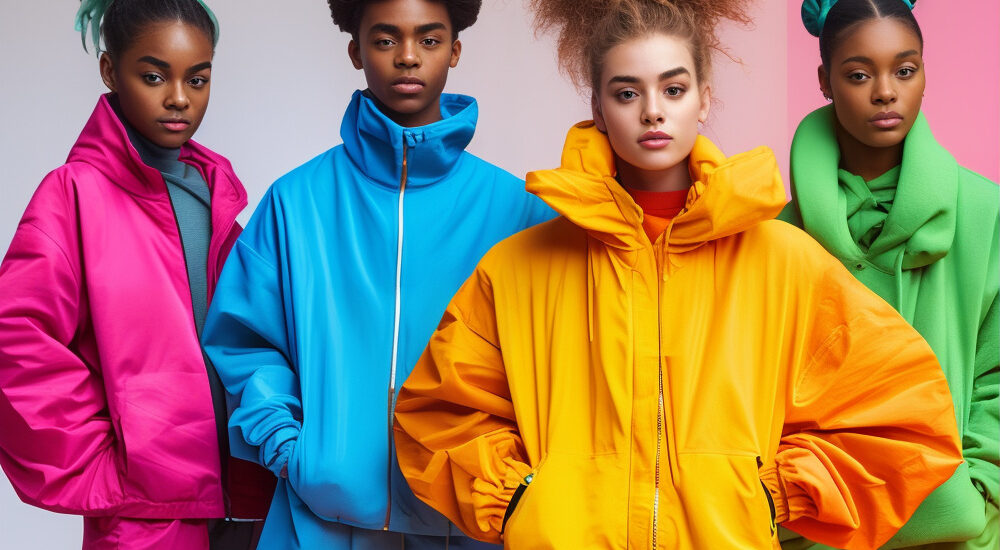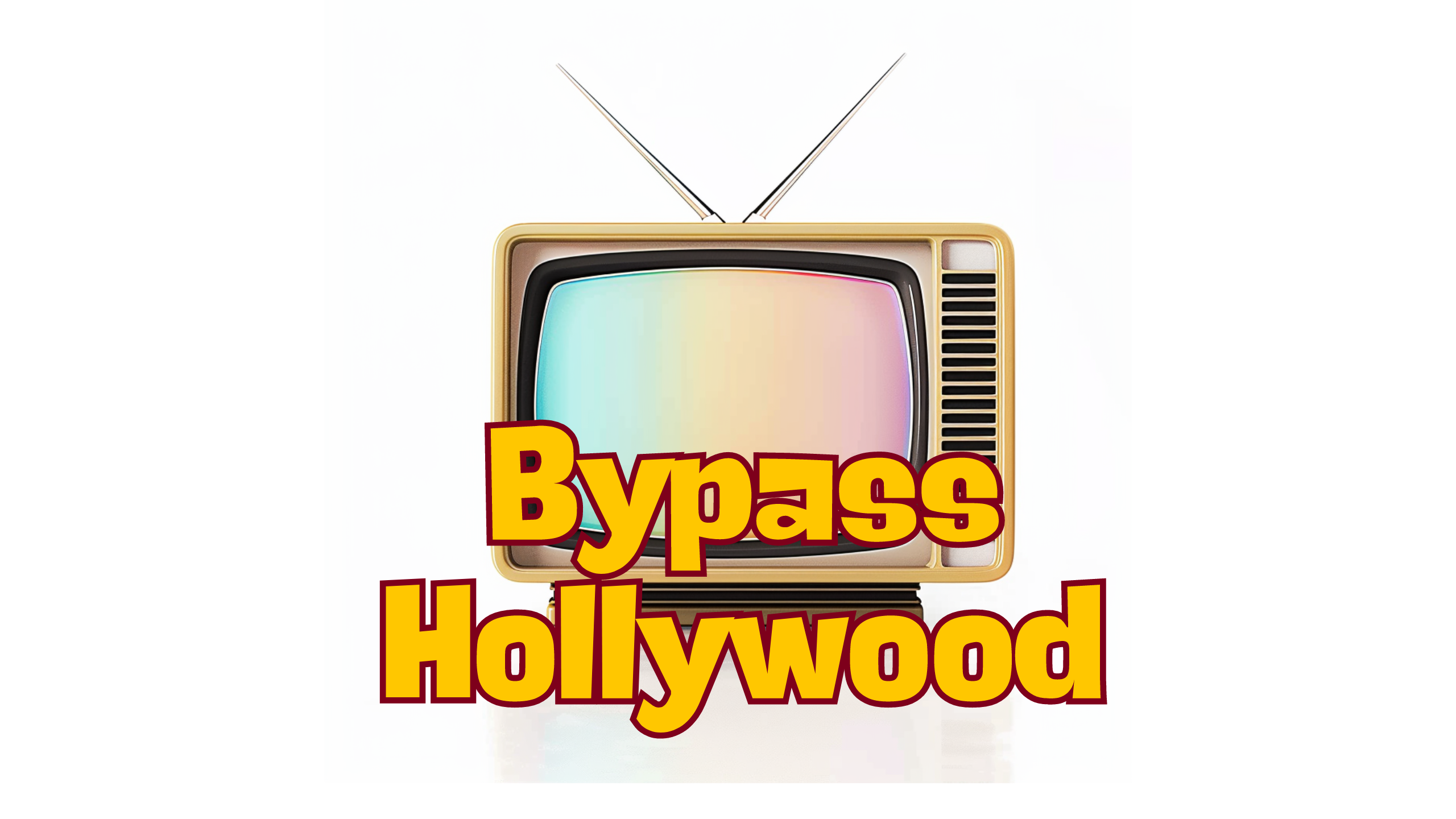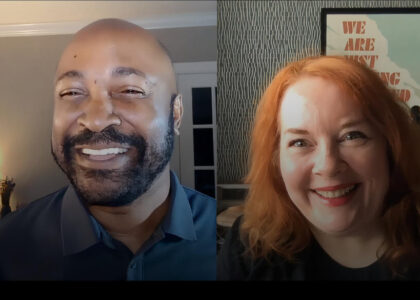


Mini TV Shows for Brands
In today’s fast-paced digital world, traditional advertising methods are losing their effectiveness. Gen Z, Millennials, Gen X, and Boomers alike are skipping ads, scrolling past sponsored posts, and multi-tasking during commercial breaks. But one approach has proven to engage all these demographics effectively: creating mini TV shows for your brand.
Unlike basic product placement or typical brand integration, a mini TV show weaves your brand’s message into an engaging, entertaining story that your target audience wants to watch. These shows seamlessly integrate the brand while still feeling authentic, relevant, and emotionally resonant.
Here’s a step-by-step guide on how to create a mini TV show that will not only entertain but also help your brand achieve its internal goals.
The foundation of a successful mini TV show starts with a deep understanding of your target audience. Create a psychological profile and avatar of the demographic you’re trying to reach. Consider factors such as:
By understanding their motivations, challenges, and preferences, you can create a protagonist that reflects who they are. This protagonist should be someone they can relate to, and their journey should resonate with the audience on a personal level.
You can also add supporting characters that reflect different demographics or even counter-demographics, making the story more inclusive and relatable to a broader audience.
Once you’ve defined your audience, it’s time to develop a character that mirrors their world. This character should have a compelling backstory that your audience can relate to. What are their challenges? What are they striving to achieve? What obstacles are they facing?
For instance, if your target audience is Gen Z, your protagonist might be a young, tech-savvy individual dealing with the complexities of balancing online identity with real-world expectations. The key is to create a character that feels authentic and resonates with the values of your audience.
Different demographics gravitate towards different genres. Based on your research, select a genre that your audience already enjoys. For example:
Genres drive emotional connection. It’s important to choose a format that appeals to your demographic, whether that’s scripted, reality TV, or a mix of both.
Music plays a crucial role in creating an emotional connection with your audience. Choose a soundtrack that mirrors the music your audience already listens to. Whether it’s top 40 hits, indie artists, or even nostalgic tracks from the past, aligning the music with your audience’s tastes will elevate the storytelling.
Now that you have your protagonist, genre, and music in mind, it’s time to develop high-concept ideas that will capture your audience’s interest. Create several story concepts and test them with your target audience to see which ideas resonate most.
You can use tools like AI-generated trailers or posters to test these concepts on social media platforms. This early feedback helps refine the story before production begins, ensuring that your mini TV show will hit the mark.
The format of your mini TV show is just as important as the story itself. For instance:
Understanding your audience’s preferred format will help maximize engagement and viewership.
With the concept and format in place, it’s time to write the story. At its core, every good story needs a character the audience can root for. Make sure your character’s motivations are clear, and design the story to keep viewers on the edge of their seats, worried they won’t succeed. Cliffhangers at the end of each episode keep viewers coming back for more.
World-building is essential too. Think about where the story takes place and how this world interacts with your brand’s product or service. The integration should feel natural—your product should be a part of the story, not just a prop in the background.
Before you start casting or filming, you can create a pre-visualization of the entire project using AI. AI can help you storyboard or even develop an animated version of your show, allowing you to present the concept to clients for approval.
This stage helps the client visualize the final product, ensuring alignment before you move into production.
Once the concept is approved, it’s time to move into production. Start by casting real human actors for live-action shows or designing animated characters if you’re working on animation. At Collective 5 Entertainment, we specialize in connecting brands with both veteran filmmakers (Oscar and Emmy winners) and emerging Gen Z creators, depending on the project’s needs.
For animated shows, character design is key. The characters should reflect the world of your audience and feel relatable in their appearance and behavior.
Next, work with a line producer to bring your mini TV show to life. This involves assembling the crew, choosing locations, and filming. Throughout production, work closely with the client for approvals and ensure the story aligns with their KPI and ROI goals.
Once the final product is complete, the mini TV show can be hosted on the client’s social media platforms and website. Social media is the ideal place to distribute these bite-sized shows, as it allows for quick, shareable content that can spread across platforms like Instagram, TikTok, YouTube, and Facebook.
Creating a mini TV show is an exciting way to engage your audience on a deeper level than traditional advertising. By creating stories that align with your audience’s interests, values, and preferences, you can deliver brand messages in a way that feels authentic and entertaining. If you’re interested in exploring this format for your brand, contact Collective 5 Entertainment for help turning your vision into reality.
Contact: Jeff@c5entertainment.com




